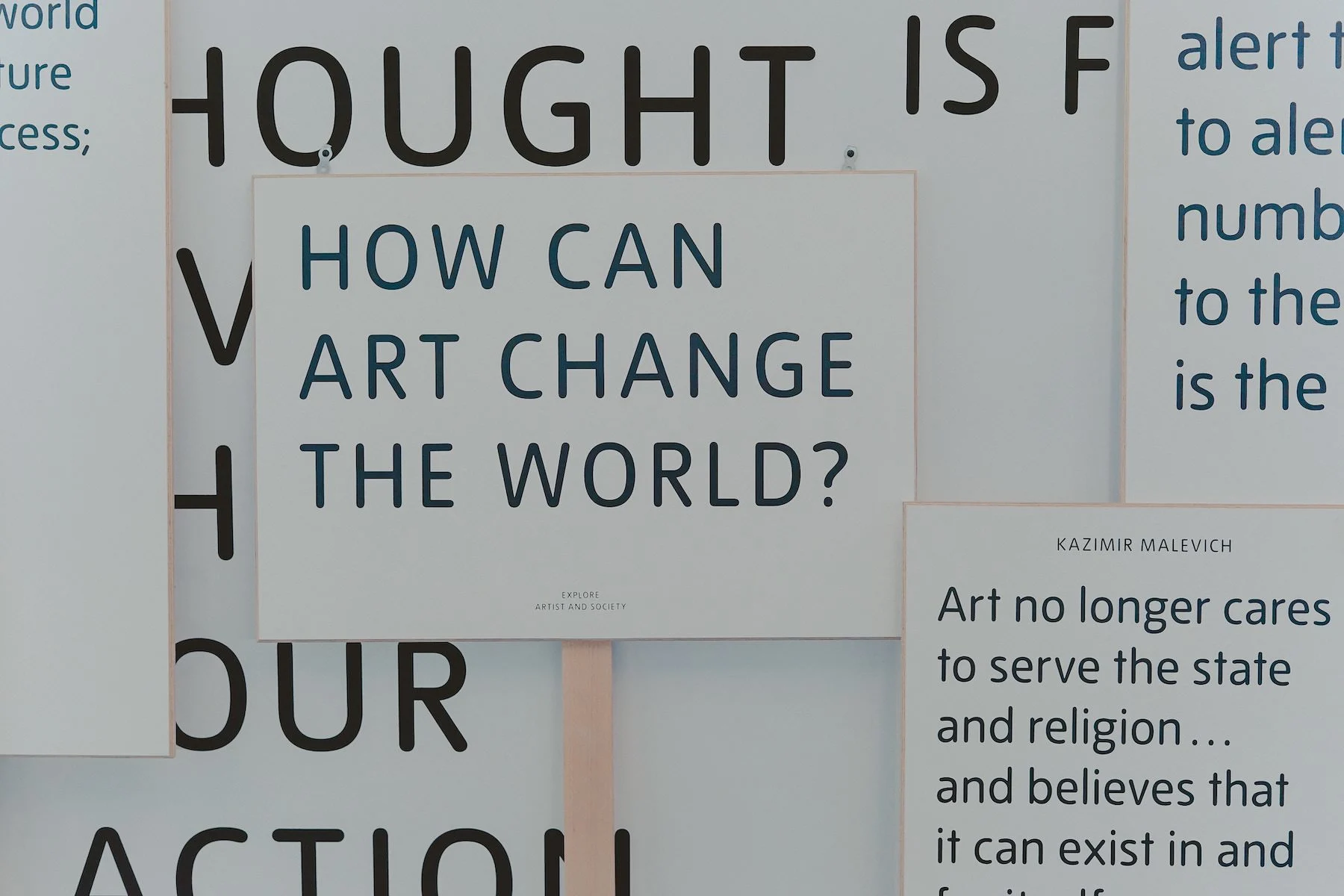Why the Best Ideas Come from Your Own Questions
- 9 April 2019
- ByDan Kenitz
- 2 min read

When Time Magazine asked astrophysicist Neil DeGrasse Tyson which scientist he would like to have a conversation with, Tyson didn’t hesitate. “Isaac Newton,” he said. “No question.”
Why Newton specifically?
“The most successful scientists in the history of the world are those who pose the right questions,” said Tyson. “Newton—his questions reached into the soul of the universe and he pulled out insights and wisdom that transformed our understanding of our place in the cosmos.”
Tyson cites the example of Newton wondering why planets tend to orbit in the shape of ellipses rather than round circles. In his efforts to find the answer, Newton had to help pioneer an entirely new branch of mathematics: calculus.
Curiosity may have killed the cat, but it’s at the core of what makes any great thinker unique. Some say that you should “write what you know.” That you should “create art for yourself.” Maybe. But when you generate ideas by asking a question and then setting about to find the solution, you automatically connect yourself to everyone in your audience who’s ever asked the same questions.
Claude Monet and the Natural Environment
Monet’s paintings were often interested in how different visual aspects of the natural environment - such as lighting and atmosphere - changed the perspective of simple objects. This fascination of his could even be expressed as a question: How does the natural environment change the emotional context of my subject?
Monet then answered that question through his work. His series Haystacks looked at the same objects in different times of day, different weather, and even across multiple seasons. He was so dedicated to finding answers to these basic questions that he often woke up in the dead of night - about 3:30 a.m. - to get an early start to his day and see these simple objects in new lights.
What does this have to do with you and your current frustrations or your current goals? It may mean that you may have to back off an answer, step back, and evaluate whether you’re asking the right questions to begin with.
John Irving and Finding the Answer Before the Problem
Author John Irving reportedly plotted his way through his novels by writing the last line of the book first. This became his north star. To him, this last line of the book posed the question: How did these characters arrive at this position? How does this impact the voice that would permeate throughout? The rest of the writing was a process of discovery along the way.
Irving would later rate this process as the most technically important to his novels. Said Irving: “You have to know what your voice sounds like at the end of the story, because it tells you how to sound when you begin.”
Fostering Connection Through Learning-by-Teaching
There is evidence that the same approach - asking your own questions and setting out to answer them - is just as useful in just about any field of endeavor in which you’re looking to connect your expression to what other people are going through. One German teacher found that while a Learning-by-Teaching strategy tended to produce similar scores with students, it was especially useful for its social component. When East and West Germany reunited, students from East Germany had no trouble integrating into a class with the Learning-by-Teaching approach. Despite starting from behind, the student was up-to-date in French language lessons within a few months.
Starting in Reverse: Fixing the “Empty Canvas” Problem
One of the most notorious challenges in any field of creative endeavor is the blank page. The empty canvas. The blinking cursor. “Writer’s block.”
Yet how often do you have a problem like writer’s block when you approach a problem in a different area of your life? If you need to fix a squeaky gear on your bike, you start with the question first and then move onto YouTube searches until something clicks. There are a few ways we can adopt this same process and apply it to the empty canvas:
Ask “What if?” There would be no Haystacks if Claude Monet never asked what would happen if he were to return to the same subjects in different seasons and different conditions. T. Coraghessan Boyle’s recent short story “Asleep at the Wheel” took a news story about San Francisco dealing with its homeless problem and answered a host of what if questions about what its future might look like. Consider a subject important to you and start asking what if questions - then set about answering them.
Learn by teaching. If you want to learn something new, make it the subject of your next blog post. Document your journey, photograph your process, and create a “learn-by-teaching” lesson. You might be surprised at how quickly you absorb what previously seemed complex. And when you switch from “teacher” mode to “student” mode, you’ll learn there’s an infinite supply of topics you hadn’t considered.
Pay attention to what you’re Googling. You’re likely full of ideas right now and haven’t even noticed. If you’re naturally curious in any way - and let’s be honest, most of us are - you’ve been down that Wikipedia black hole once or twice, or you’ve Googled the same question over and over with mixed results. What is it that’s been fascinating you, and why hasn’t anything been able to scratch that itch?
If you find yourself struggling to come up with ideas to fill the void of the empty canvas, make sure you’re not starting in reverse. Rather than focusing on your answer, pause to find out if you can ask a better question instead.
Hopefully, you won’t have to use any calculus along the way.
9 April 2019
Words by:Dan Kenitz
- Share